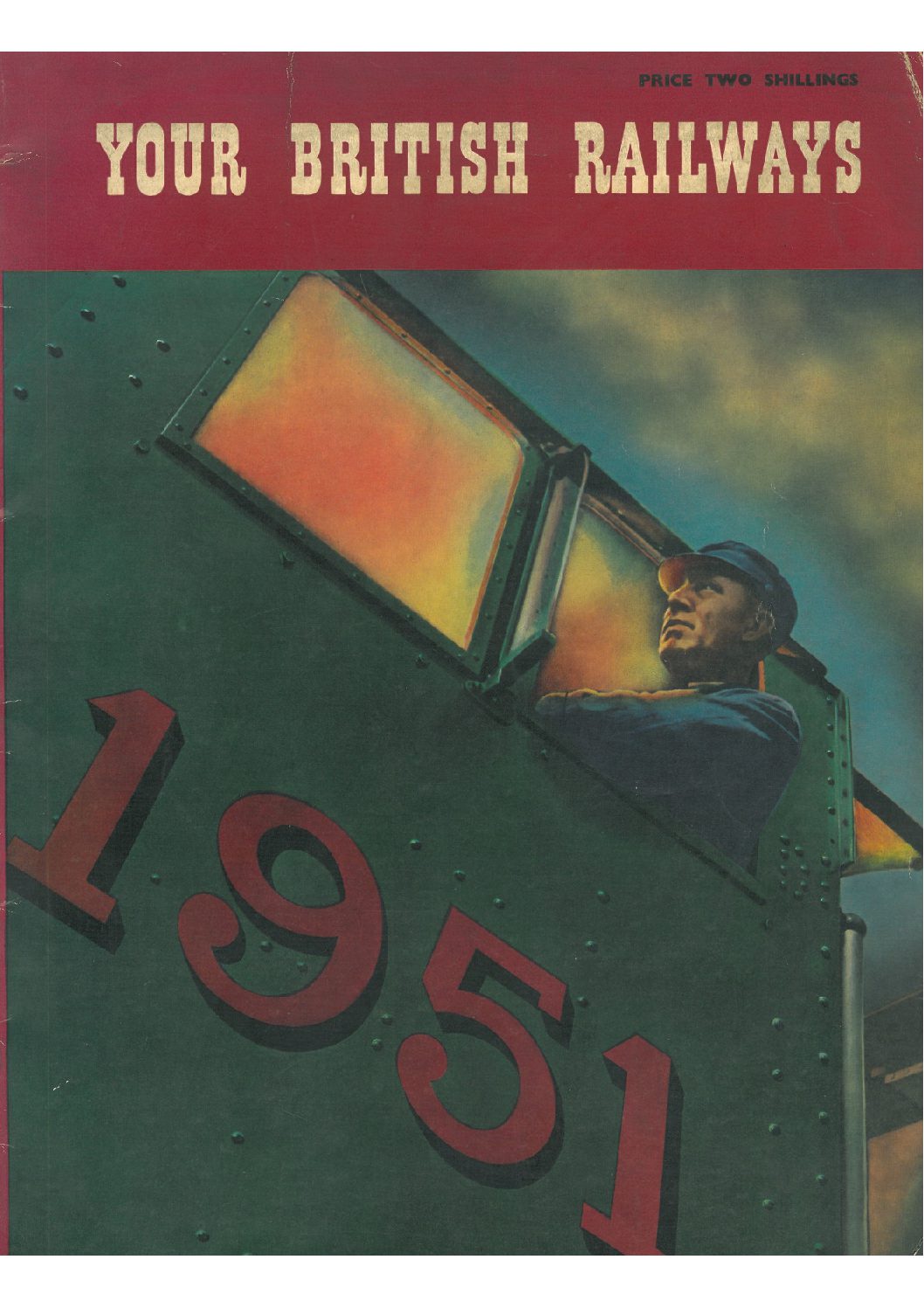Description
When I joined the railway in August 1962, it was not yet called British Rail, but “The British Transport Commission” – a relic of the bungled administrative structure established at nationalisation whereby the Commission was to oversee all forms of inland transport, and “co-ordinate and integrate” them to ensure co-operation and avoid wasteful competition. The railways were administered by “The Railway Executive”. They were stripped of everything not strictly “railway” or short sea route shipping, so “Hotels & Catering Executive” “ Docks Executive”, “Road Transport Executive” &c. were set up, thus destroying at a stroke the large degree of integration which the railways had already achieved. They were deprived of the docks which they owned, eg Southampton, Immingham; hotels and refreshment rooms, were taken away, the railway companies’ ownership of road haulage firms like Pickford, Hays Wharf and Carter Patterson was terminated, and their major shareholdings in large bus companies , which railway officers had helped to manage, were confiscated.
Little thought was given to the effect on the railway accounts “bottom line”. The LNER, for example, earned a steady 4% per annum on its´ bus company investments, where it also had power to influence feeder services to railway stations. Ripon was a case in point. The United service between the city centre and the station, used to be timed to meet the trains. By the time I worked at Ripon in 1964, the bus was coming down the hill as the train pulled out, or did not appear at all.
In theory, the Commission was responsible for policy and for enabling integration (but behind the Commission was Government, continually interfering, and changing priorities). The Executive was responsible for day to day operation and executing policies handed down from above.
Of course it did not work. Under pressure from above, the Commission began to interfere in maters which were the province of the Executive, which for its part ignored instructions it did not like, to the extent of not replying to letters for up to two years. By the time I joined, there had been a wholesale re-organisation, masterminded by General Sir Brian Robertson, very much on military lines. The Railway Executive was abolished, with a re-organised Commission taking control, until the establishment of the British Railways Board, set up far more on business lines, in 1963. Anyway, at my time of joining, this improved but far from perfect administration, led at first by Dr. Richard Beeching, lay in the future.
In his welcoming message, Sir Brian pointed out that I was now one of half a million employees, and the folding map at the back of the booklet showed England, and to a lesser extent, Wales and Scotland covered in railway lines. Little did we suspect that within a decade, thousands of miles would be closed, and tens of thousand jobs would be eliminated. I think that the booklet had originally been intended as a recruitment aid. Contented employees are shown working in bright modern surroundings. I worked on the railway for three years, before I had a permanent job in an office with electric light, and other than a cold water tap for washing, but I was quite fortunate to be taken on at all. I think that the August 1962 entry was the last for North Eastern Region for some time, and I had to be “recommended” by someone for interview, before taking the entrance exam.
In my case, I had an uncle in an insurance company office in Liverpool, who had a friend in The Yorkshire Insurance Co. at York, who had a friend in the Establishment and Staff Officer’s dept at North Eastern Region HQ…
Our first day was memorable. As participants in an experimental “Induction Course” we assembled in the Edwardian splendour of the old NER Board Room, about 12 of us, all in “Sunday Best”, as distinct from the usual junior probationary clerk´s uniform of tweed jacket and last presentable pair of school trousers (some of us were still growing!) We were given an introductory talk by a Senior Officer, then shown two films – “Train Time” and “Elizabethan Express”. These were followed by lunch in the York Station Dining Room. This was not the Refreshment Room, but a proper restaurant, dating from the days when there were no restaurant cars, and the Anglo-Scottish expresses stopped at York for passengers to lunch or dine. It closed down soon after. The rest of the week was taken up with explanatory talks, and visits to York Signal Box, Goods Station and District Control, At the end of the week, we were each presented with a copy of a rather frightening booklet, “Your Personal Safety” which detailed the many ways in which carelessness on the railway could lead to death or mutilation, and a much abreviated version of “The Rule Book”.
The following week, we were deployed to our various stations. It was quite a shock to me, to find myself in an office lit by gas, with a cold water tap outside for washing, and where the coal ration for the office fire ran out in January, during the coldest winter since 1948.
PREVIEW BELOW – MAY TAKE A WHILE TO LOAD.




Reviews
There are no reviews yet.